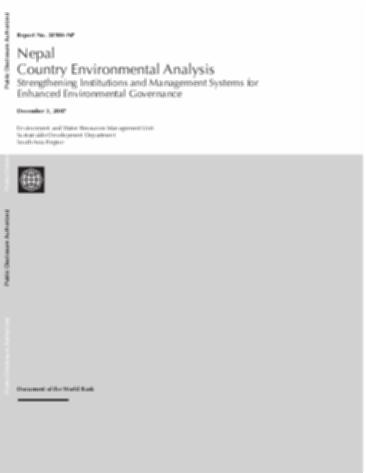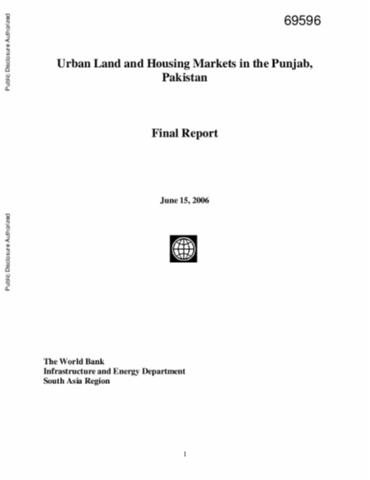The city and the road: the urban transformation in the region of Cotia throughout the Raposo Tavares highway
The study of the urban transformation of Cotia, located in the periphery of the metropolis, aims the documentation of the region urban development, starting on the 18 century, and its analysis, taking São Paulo city as reference. This analysis was elaborated from the social-economics and spatial relations of the urban development, from the city adequation to the metropolitan area planning, from the linearity that the Raposo Tavares highway imposes to the urban composition and the characteristics of the middle-class residence condominiums determined to the territory.





